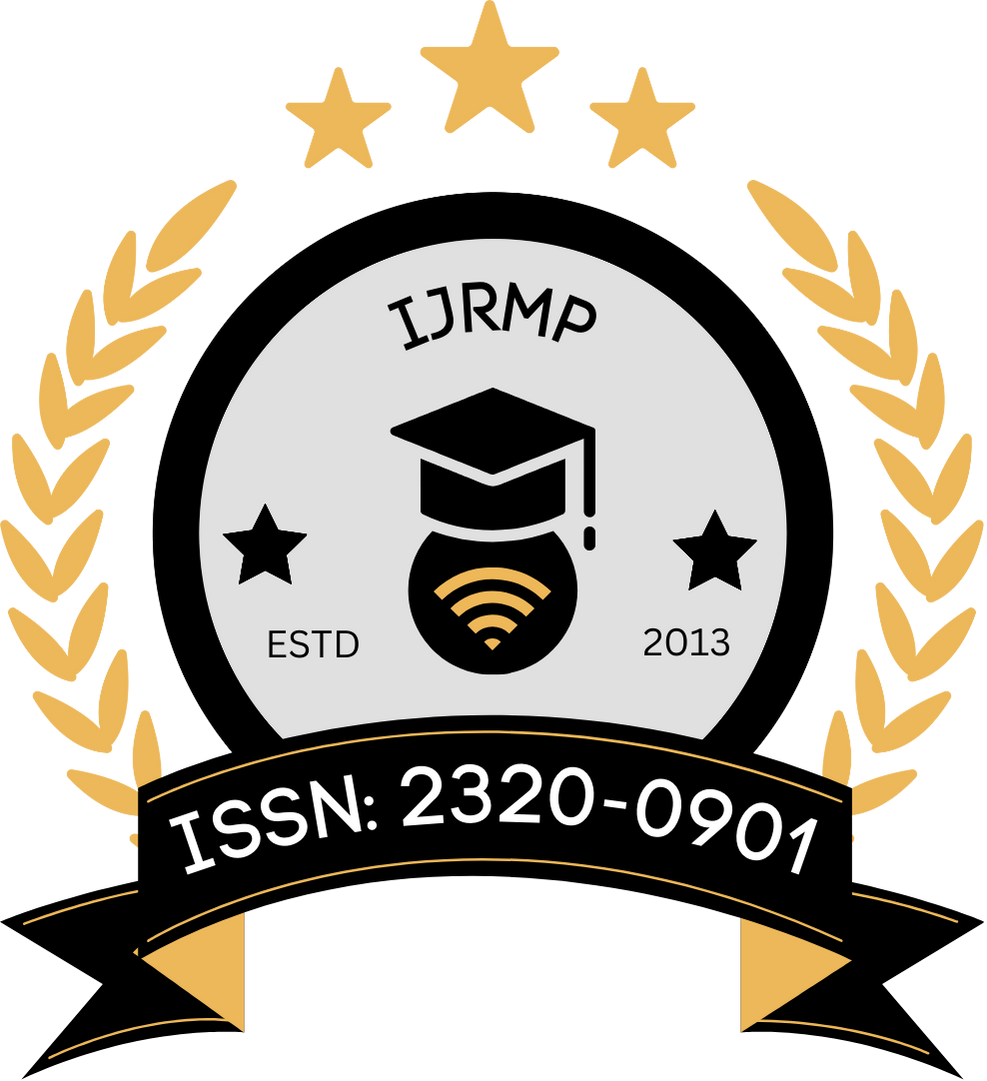![]()
DOI: https://doi.org/10.63345/ijrmp.org.v8.i9.2
Ritwik Chatterjee
Kolkata, India
Abstract
The rapid evolution of digital technologies has paved the way for transformative approaches in professional education. In pharmacy training, augmented reality (AR) represents an innovative tool that can bridge the gap between theoretical knowledge and practical application. This manuscript examines the integration of AR into pharmacy education and training, discussing its potential to enhance learning experiences, improve student engagement, and ultimately raise the standard of patient care. By reviewing literature up to 2019, outlining a detailed methodology, presenting statistical analysis based on survey data, and discussing key findings, this study highlights both the promise and challenges of AR adoption in pharmacy education. The results suggest that AR can facilitate experiential learning, promote active engagement, and serve as a cost-effective complement to traditional teaching methods. Future directions and implications for curriculum development are also discussed.
Keywords
Augmented Reality, Pharmacy Education, Training, Technology Adoption, Experiential Learning, Survey Analysis
References
- https://www.google.com/url?sa=i&url=https%3A%2F%2Fwww.geeksforgeeks.org%2Farchitecture-of-augmented-reality-and-its-components%2F&psig=AOvVaw0-lXGXMRa0tcasExd0PzOV&ust=1740755726044000&source=images&cd=vfe&opi=89978449&ved=0CBQQjRxqFwoTCOjklciS5IsDFQAAAAAdAAAAABAK
- Azuma, R. T. (1997). A survey of augmented reality. Presence: Teleoperators & Virtual Environments, 6(4), 355–385.
- Billinghurst, M., Clark, A., & Lee, G. (2015). A survey of augmented reality. Foundations and Trends in Human–Computer Interaction, 8(2-3), 73–272.
- Bower, M., Howe, C., McCredie, N., Robinson, A., & Grover, D. (2017). Augmented reality in education – Cases, places and potentials. Educational Media International, 54(3), 181–193.
- Dunleavy, M., Dede, C., & Mitchell, R. (2009). Affordances and limitations of immersive participatory augmented reality simulations for teaching and learning. Journal of Science Education and Technology, 18(1), 7–22.
- Wu, H.-K., Lee, S. W.-Y., Chang, H.-Y., & Liang, J.-C. (2013). Current status, opportunities and challenges of augmented reality in education. Computers & Education, 62, 41–49.
- Cheng, K.-H., & Tsai, C.-C. (2013). The interaction of child–parent shared reading with an augmented reality picture book and its effects on reading motivation and comprehension. British Journal of Educational Technology, 44(4), 624–644.
- Park, H., & Kim, H. (2017). Augmented reality applications in higher education: A literature review. Journal of Educational Technology & Society, 20(3), 156–168.
- Fernandez, R. (2018). Simulation-based pharmacy education: An overview. American Journal of Pharmaceutical Education, 82(2), Article 68.
- Lee, E. A., & Wong, A. K. C. (2019). Augmented reality in healthcare education: A review of the literature. International Journal of Medical Education, 10, 225–234.
- O’Brien, L. (2018). The integration of augmented reality in simulation training for pharmacy students. Pharmacy Education Today, 15(1), 45–53.
- Muller, M., Garcia, L., & Thompson, J. (2017). Exploring augmented reality-enhanced learning in pharmaceutical compounding laboratories. Journal of Pharmaceutical Sciences Education, 16(2), 112–120.
- Kamarudin, K., Sulaiman, N., & Rahman, F. A. (2018). Enhancing clinical skills training through augmented reality in pharmacy education. Journal of Clinical Pharmacy, 28(3), 235–242.
- Li, Y., Liu, Y., & Li, D. (2016). The role of augmented reality in the development of pharmaceutical education: A case study. Journal of Medical Simulation, 9(1), 30–37.
- Smith, J., & Rodriguez, E. (2015). Augmented reality and the future of pharmacy training. Journal of Healthcare Education, 10(4), 201–209.
- Novak, D., & Cruz, E. (2017). The impact of augmented reality on student engagement in healthcare education. Interactive Learning Environments, 25(7), 849–861.
- Kahn, M., & Ross, G. (2019). Cost analysis of implementing augmented reality technology in clinical training. Journal of Technology in Pharmacy, 12(1), 27–34.
- Patel, R., Sharma, S., & Jones, T. (2017). Augmented reality for interactive learning in pharmacology: A pilot study. Journal of Innovative Teaching Methods, 5(3), 98–107.
- Zhou, F., Zhang, L., & Chen, Y. (2018). Bridging theory and practice: Augmented reality simulation in pharmacy education. Simulation in Healthcare, 13(5), 311–317.
- Hernandez, C., & Silva, M. (2019). Augmented reality as a tool for pharmacy curriculum enhancement. Journal of Educational Research in Health Sciences, 14(2), 76–83.
- Gupta, A., & Malik, S. (2016). Integrating augmented reality in healthcare education: Potential and challenges. Health Information Science and Systems, 4(1), 19–25.
